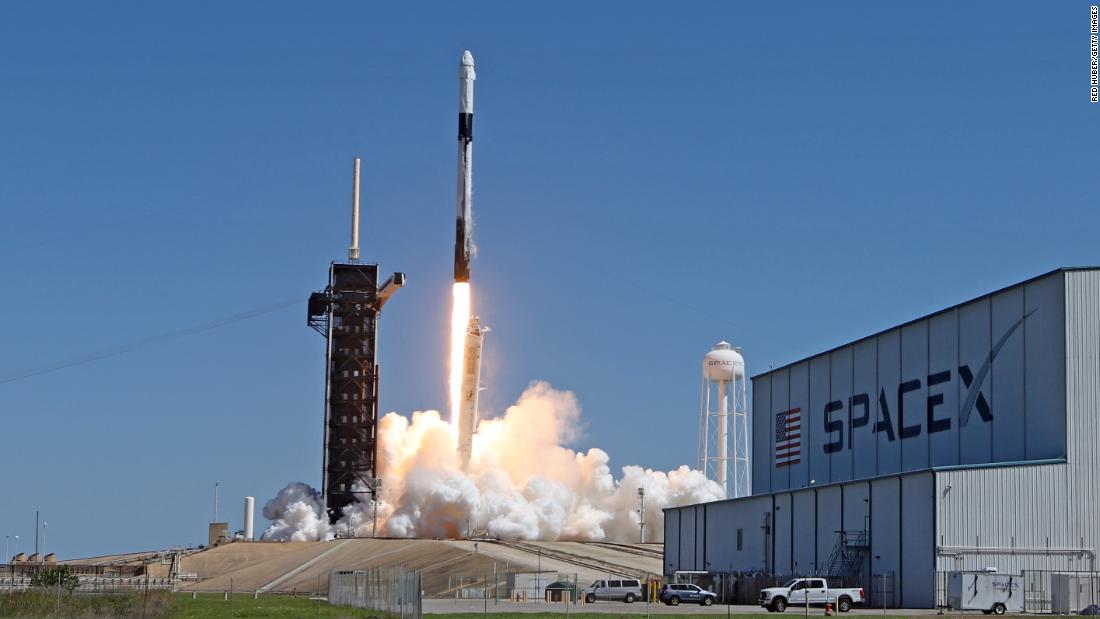
During the mission, dubbed AX-1, the four-member crew spent nearly two weeks off of Earth’s surface, at least in part conducting experiments and other scientific work. Other space tourism companies like Blue Origin or Virgin Galactic only offer customers short trips that allow for a few minutes of microgravity.
The requirement is still being finalized, NASA added, but the agency noted that having a former, legitimate astronaut “provides experienced guidance for the private astronauts during pre-flight preparation through mission execution.” The former NASA astronaut also “provides a link” between residents on the ISS and the private astronauts, which the agency said “reduces risk” to ISS operations and safety.
Axiom has already stated that its second private astronaut mission to the ISS, dubbed AX-2 and expected to launch next year, will have former NASA astronaut Peggy Whitson as a mission commander.
During remarks at the annual International Space Station Research and Development Conference last week, López-Alegría spoke about how he became mission commander for the AX-1 flight, saying he initially didn’t expect to return to space after retiring from NASA.
When Axiom was looking for customers, however, “It became pretty clear, first of all, that customers really didn’t want to fly with nobody who’d done it before,” he said. It also became apparent, he said, “NASA was a lot more comfortable having someone who’d been there before.”
“We were having a meeting and we looked around the room and I was the only guy who’d been to space, so I raised my hand. I volunteered,” López-Alegría quipped at the conference.
NASA is also adding additional requirements that appear to be a result of new information learned from the AX-1 mission. Future private missions to the space station will include more time for “microgravity adaptation,” as the floating environment of the ISS can often induce space sickness, which is akin to motion sickness.
The federal space agency will also be introducing clarifications to the ISS code of conduct for commercial visitors, requirements for more detailed plans regarding crew interactions with the media, as well as a requirement for additional time to evaluate research proposals before they are brought on board.
“If it were not for the NASA’s Crew-3 astronauts, and their phenomenal help, we would never – underscore the word never – have been able to accomplish all of our objectives,” Connor said at the time. “We underestimated the time on some of the projects. We had one project early on that we thought was two-and-a-half hours take five hours.”
A NASA rep did not immediately respond to CNN Business’ request for further comment on the new requirements. They come, however, as the private spaceflight industry has officially lifted off after decades of people largely having to rely on government agencies and the extraordinarily selective astronaut hiring process if they wanted to go to space. Now, those who seek to leave Earth’s surface simply must have the means to pay for it.
